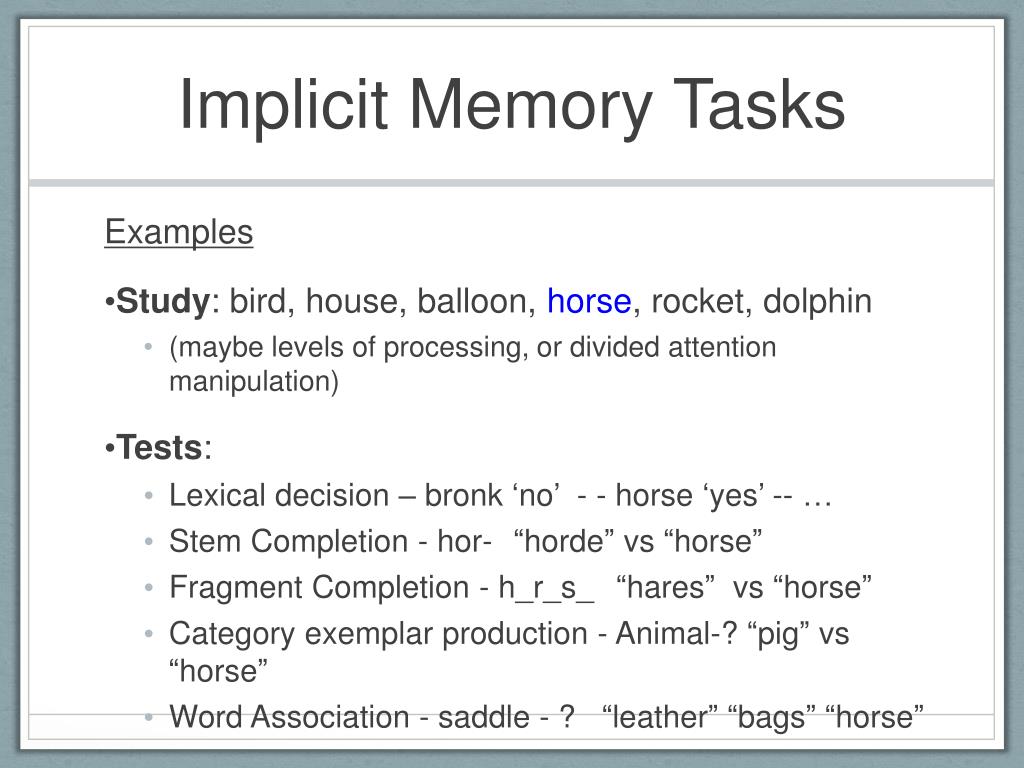
In the memory test, each word was presented at the monitor for 15 secs ( Fig 2) based on previous research. The order of the 60 given words was counterbalanced across participants. Therefore, the total number of given words in the implicit test were sixty. In addition, we set other thirty given words that were related to words/objects non-presented in the videos to prevent the possibility that participants noticed some associations between the given words and the contents of videos (Filler items). For example, we did not set “male accessory” as the given words, because the Target answer (“necktie” presented in the video) is the category norm to “male accessory”. To ensure that we could distinguish participants’ answers from category norms or words/objects presented in the videos, we set the given words according to the rule that the words/objects presented in the videos (Target answer) did not belong to the category norms. “Apple” firstly comes to the Japanese young’s mind to “Fruit”.) ( S1 Table). They generally depend on each person’s background such as culture and/or generation (e.g. Category norm is the first word coming to mind to an association word.

These given words were carefully selected with consideration to “category norm” issue. From preliminary experiments, we confirmed that we could identify those words/objects in the videos. We created the 30 given words associated with words/objects presented in the videos. They answered “Peach” to ) with their writings in Japanese. After viewing those videos, they took the implicit memory test in which participants were asked to tell about an associated word to the given words (e.g.

The 17 videos were randomly and continuously run for each participant (It took total almost 11 minutes.). Participants were not told that they would take a memory test after watching those videos. The average of video length was 31 ± 4.3 secs. Participants viewed 17 videos of scenery from a car window: We shot those videos in the city streets of Kanagawa prefecture Japan. After the memory test, for the assessment of individual perception style (relatively global or local), we used Navon task in which participants read large alphabet (global condition) or small letters (local condition) in a large alphabet consisting of small letters ( Fig 1). In the explicit memory test, participants were asked to report whether the given words were presented as words/objects in the video.
#Implicit memory free
In the implicit memory test, we used a free association task for estimating the status of implicit memory: participants were asked to answer an associable word to given words. We first did the memory test for the estimation of implicit or explicit memory, in which participants viewed the video consisting of 17 short videos and answered the questions. After the memory test, all of them took the Navon task to check their individual perception style.

Do such different perception styles affect explicit and/or implicit memory?Īfter participants viewed 17 short videos, they completed either an implicit or explicit memory test. They concluded that there are individual differences in global or local perception style. used a Navon figure, a large letter consisting of small letters ( Fig 1), and found that the individual perceptual bias with which global properties (reading a large letter) tend to be perceived is not equally found across individuals. It is well known that our perception styles are different with each person. However, it is not clear whether both explicit and implicit memory vary among different individuals. For example, we plan a summer vacation with and/or without conscious sight of travel advertisements. Not only explicit but also implicit memory has considerable influence on our physical and mental activities. Explicit memory refers to the memory that involves conscious recollection of information, on the other hand, implicit memory does not depend on conscious recollection. Generally, there are two types of memories, explicit and implicit memories. Our physical and mental activities are crucially influenced by the past experiences recorded in memory.


 0 kommentar(er)
0 kommentar(er)
